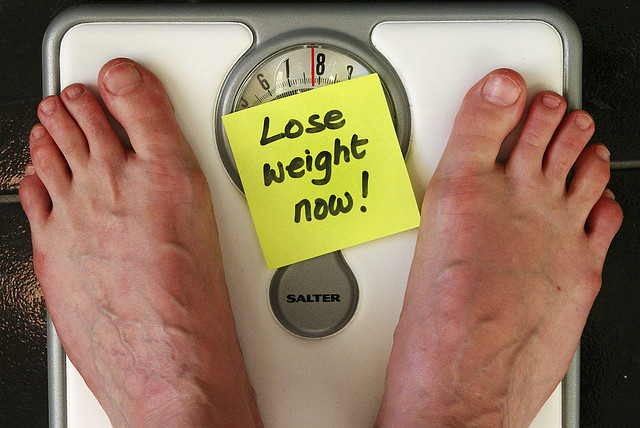Win the Battle Against Winter Weight Gain

For some of us, it’s almost accepted that we’ll put on a few pounds during the winter months. We’re less active—thanks, or no thanks, to the dark, cold days—and the lure of calorie-laden comfort foods is often too hard to resist. We tell ourselves that, come spring, we’ll get back on track and in shape just in time for the summer.
Wouldn’t it be nice to break the cycle and stave off winter weight gain once and for all? Keep reading for some ideas and resources to help you achieve success.
It starts with a plan and some determination
Habits are hard to break, and that goes for good, healthy habits, too. If exercise and a nutritious diet have been a part of your daily routine for some time now, make it a point to maintain them throughout the winter. That’s where determination comes in. Having a plan helps if the cold, snowy weather means changing your schedule a bit. For example, if you normally run or walk outside, you may want to move it inside or find an alternative winter fitness routine, such as an exercise class or an indoor venue like a trampoline park or a rock-climbing gym. You can even stay home and try out one of the zillions of fitness apps out there.
If healthier habits are a New Year’s resolution, don’t let this time of year thwart your efforts. Just remember to set reasonable, attainable goals and to cut yourself some slack if you veer off course.
Diet and exercise are key
You’ve probably heard it before—diet and exercise are fundamental for maintaining a healthy weight. Let’s delve into the diet portion a bit. A healthy diet consists of suggested servings of the five food groups. For a consistent, trustworthy guideline, look no further than the USDA Choose My Plate recommendations. The average daily recommendations are as follows:
- 6 ounces of whole grains (1 ounce equals 1 slice of bread, 1 cup of ready-to-eat cereal, ½ cup of cooked cereal, rice, or pasta)
- 5½ ounces of protein (1 ounce equals 1 ounce of meat, poultry, or fish; ¼ cup of cooked beans; 1 egg; 1 tablespoon of peanut butter; ½ ounce of nuts or seeds)
- 2½ cups of vegetables (1 cup equals 1 cup of raw or cooked vegetables, 1 cup of vegetable juice, 2 cups of raw leafy greens)
- 2 cups of fruit (1 cup equals 1 small apple or 1 medium pear; 1 large banana, orange, or peach; ½ cup of dried fruit; 1 cup of fruit juice)
- 3 cups of dairy (1 cup equals 1 cup of fat-free or low-fat milk or yogurt, 1½ ounces of cheese, 1 cup of soymilk)
For a little variety, try adding some power foods into the mix, like avocado, pumpkin and even dark chocolate. They pack a nutritional punch and taste great. Like everything, though, moderation is important. If you’re concerned about finding a decent selection of fresh produce this time of year, the Capital Region offers plenty of indoor farmers’ markets and community-supported agriculture (CSA) programs.
To take your efforts to the next level, I highly recommend consulting a registered dietitian. These nutrition experts can help you make the necessary lifestyle changes to reach a specific goal, whether it’s losing/gaining weight, training for a race, or improving a health condition (e.g., diabetes or high blood pressure).
More on exercise
It comes down to a basic equation: If you burn more calories than you consume, you lose weight and vice versa. As mentioned above, you have several options for staying active, even this time of year. If you can’t always fit a workout into your day, don’t get discouraged. You can increase your daily fitness by making small lifestyle modifications like taking the stairs, parking farther away from your destination or cleaning the house to get your blood pumping and help you burn calories.
CDPHP® can help you live healthier
Members and non-members can take advantage of a variety of programs and information offered through CDPHP.
- Weight-management resources: No matter your age, you’ll find helpful information for eating right and staying healthy.
- Free wellness classes: Members can sign up for free classes on a range of topics, including fitness and nutrition.
- CDPHP® Health Hub: Use this social networking site to connect with other health-minded people, join discussions, get expert advice, participate in fun challenges, and much more.
Just remember that a healthy lifestyle doesn’t mean giving up everything you love. Rather, it emphasizes moderation and a balance between eating right and getting enough exercise—the foundation of good habits. Practice these habits daily and when spring arrives, you’ll be healthier and perhaps a few pounds lighter.
 The Daily Dose
The Daily Dose
Comments are closed.